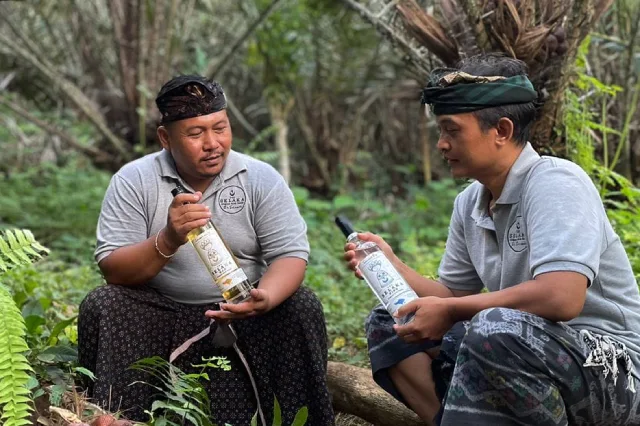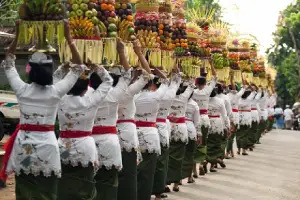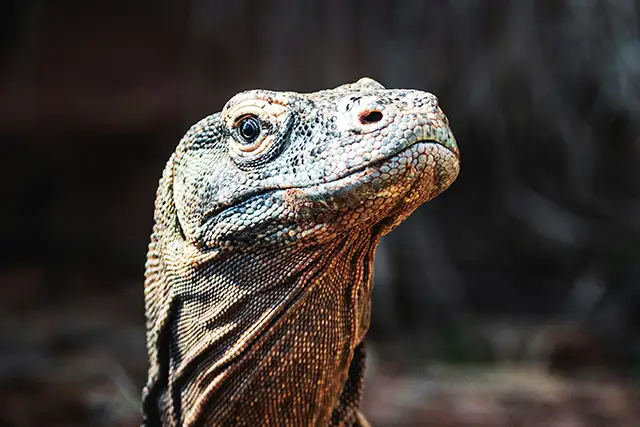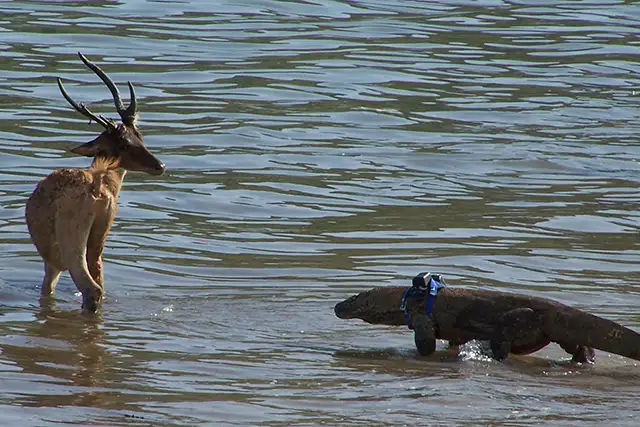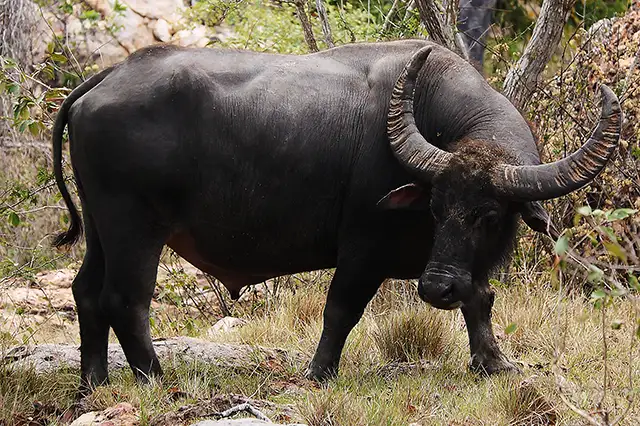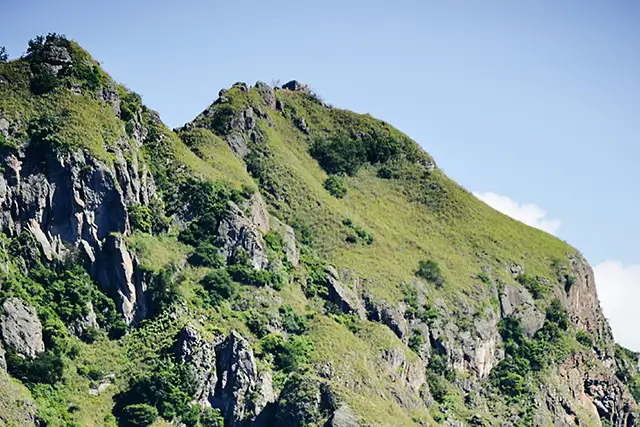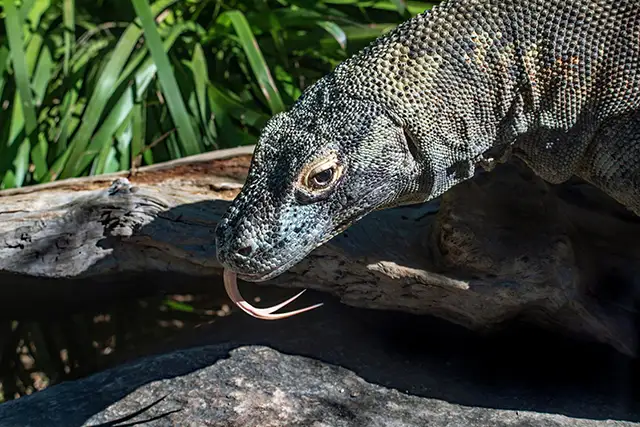Things to Do in Bali
The Komodo National Park – Home to the Komodo Dragon
Unique in this World
Komodo National Park, established in 1980, spans 1,817 square kilometers and includes the islands of Komodo, Rinca, Padar, and numerous smaller islands. The park is renowned for its unique biodiversity, particularly the Komodo dragon (Varanus komodoensis), the world’s largest lizard. In 1991, it was designated a UNESCO World Heritage Site and a Man and Biosphere Reserve.
The Komodo Dragon – Largest Lizard in the World
- 3m, 70kg
- Endangered Status (around 5,700 dragons left)
- Venomous Bite
- Carnivorous
- Parthenogenesis
- Unique Hunting Strategy
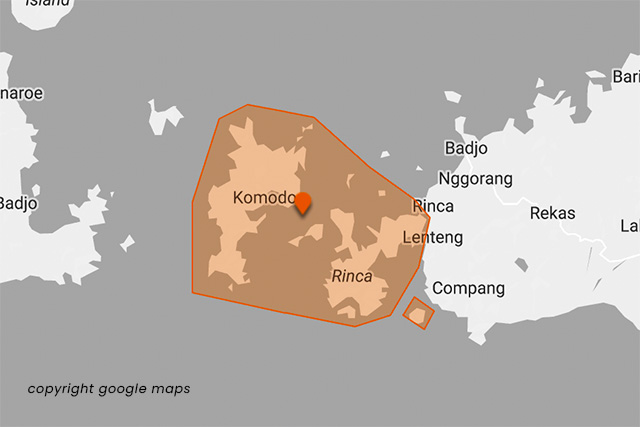
Komodo National Park was established primarily to conserve the Komodo dragon, discovered by the scientific world in 1912. Over the years, conservation efforts have expanded to protect the entire biodiversity of the region, both terrestrial and marine.
In 2023 Komodo National Park welcomed 300,500 Visitors.
To get access to the Park, the best is to come to Labuan Bajo and to plan your Komodo Trips from here and book your tickets and tours.
Komodo Park – UNSECO Heritage
Regulations
- Entrance Fees: Entry fees apply and can be paid at the park entrance or through tour operators.
- Guided Tours: Always go with a guide to ensure safety, especially when viewing Komodo dragons.
- There is a quota of how many tourists per day can be allowed into the park (different islands)
- Safety Guidelines: Maintain a safe distance from Komodo dragons and always follow the instructions of your guide.
- Environmental Protection: Avoid littering and respect the natural habitat to help preserve the park’s unique ecosystem.
Animals in Komodo National Park
The park is famous for 3 animals, which are of course not the only ones, living in this protected habitat. Mammals found within the park are boars, deers, water buffalos, macaques, rats, and even horses, goats, cats and dogs. There are various species of snakes, gekkos and skinks and of course several species of birds.
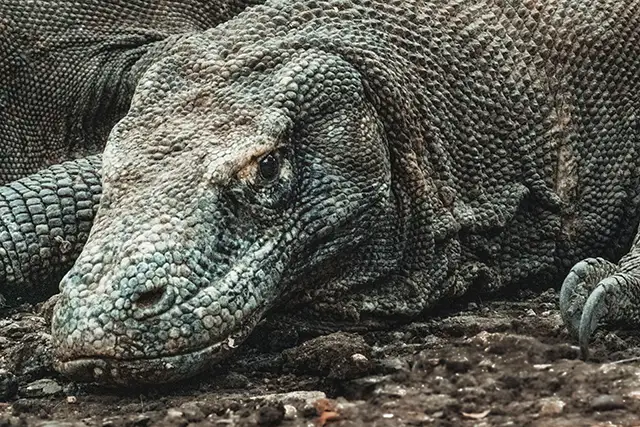
The Komodo Dragon – Komodo Monitor Lizard
Varanus komodoensis
Komodo dragons are the most famous residents of Komodo National Park, primarily inhabiting Komodo Island, Rinca Island, and a few smaller surrounding islands. These formidable reptiles, the largest living lizards on Earth, can grow up to 3 meters (10 feet) in length and weigh over 70 kilograms (150 pounds). They thrive in the park’s savannah-like environment and share their habitat with various other species. Due to stringent conservation efforts, including the protection of their natural habitat, the Komodo dragon population remains stable within the park.
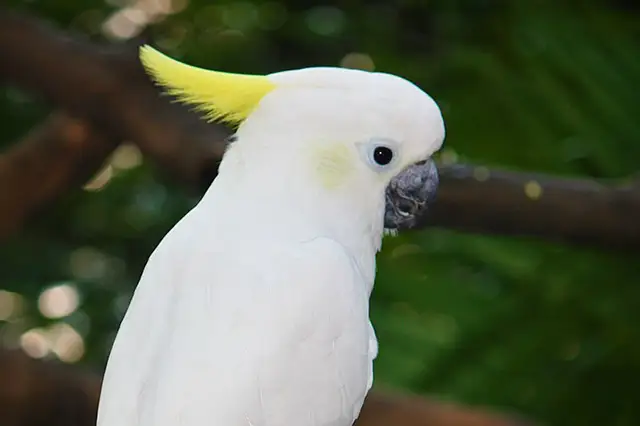
Little Yellow-crested Cockatoo
Cacatua sulphurea
The small yellow-crested cockatoos are native to Komodo National Park, predominantly found on Rinca Island, Bero Island, and Komodo Island. These birds live in colonies and have a significant population within the park. Sharing the same habitat as the Komodo dragons, which are well-protected, helps maintain a stable population of these cockatoos year after year. The preservation of their habitat alongside the Komodo dragons ensures the birds’ ongoing stability and conservation.

Kalong Bat – Flying Fox
Pteropus Vampyrus
Kalong bats, also known as giant fruit bats or flying foxes, are a prominent feature of Komodo National Park, particularly on Kalong Island, which lies near Rinca Island. These bats reside in the island’s dense mangrove forests during the day and emerge in large numbers at dusk. Known for their impressive wingspans and nocturnal habits, Kalong bats create a stunning spectacle as they take to the sky in waves against the backdrop of the sunset. The stable and protected environment of the park helps maintain their population.
Labuan Bajo – Gateway to Komodo
Addit. Sources: Wikimedia Water Buffalo | Deer | Little yellow crested Cockatoo | Flying Fox

















